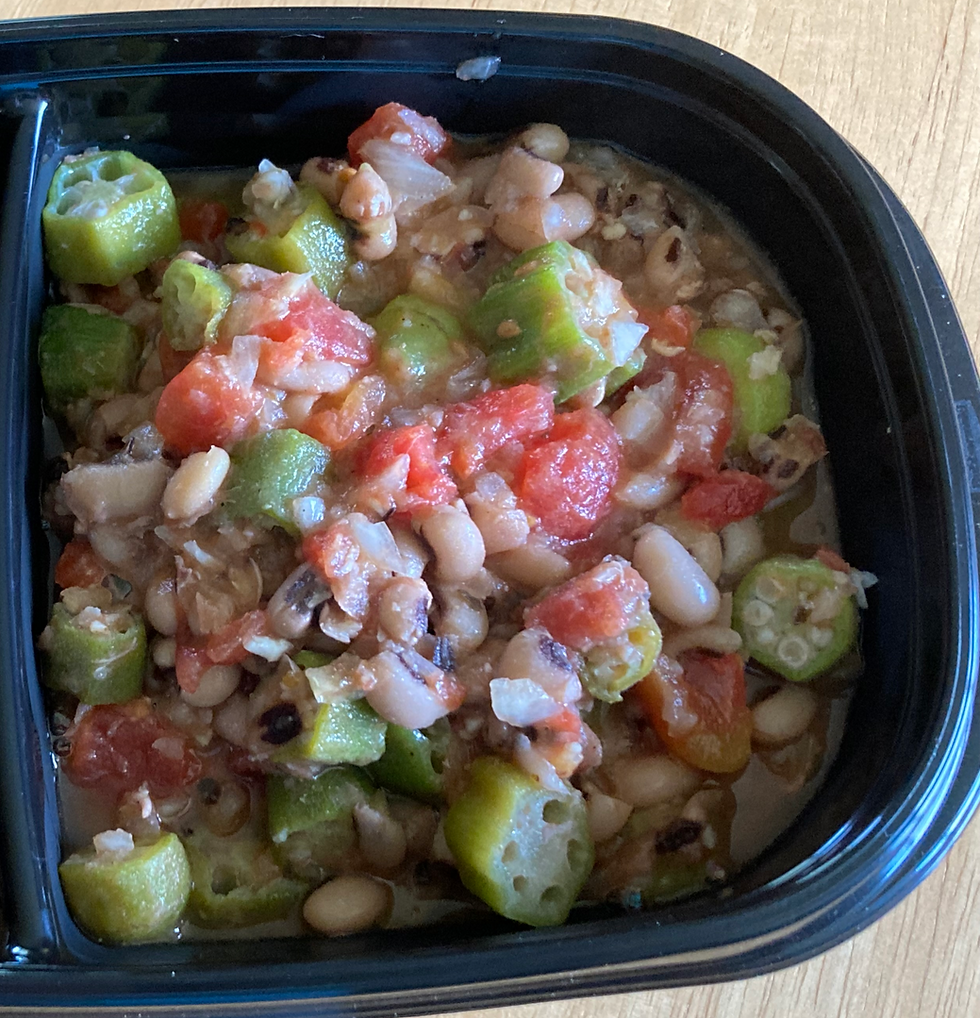Another step to take when looking at glucose numbers?
- Juanita Weaver-Reiss
- Sep 25, 2017
- 5 min read
This is a continuation of the 9 essential things to know if you have diabetes.
I have been talking about the basics of glucose monitoring. These steps are writing down your blood glucose numbers and also writing down important pieces of data. The data to collect is what you eat, the amount, when you eat, the activity you get, how long you are active, if you are sick or stressed, etc, and the medicine that you take, and whether you miss taking your medicine.
This is the easy part. The other, of looking at your numbers and making sense of them, what makes them go up or down, may be like a puzzle to be solved.
Ways to track your information
There are different ways to track your information. Not so long ago, there was only one way to record your information and that was to write it down. Now there are multiple ways to document this. First, there is writing the information into a logbook. That has been a tried and true method for a long time.
This may be a comfortable way to get started with analyzing numbers and what affects your glucose. Choose a place that has enough room to fit all the data that you need to write down. Some logbooks have enough space. Some don't. You may choose to graph out your information in a notebook.
Taking this a step farther is also possible. If you are computer savvy, you could use an excel spreadsheet. This puts all the pieces in one place and you and you can even graph your numbers to see trends in that picture form.
Some meters can be useful to document food, activity, and glucose numbers. These could give you instant feedback and let you know when you are outside your target ranges. Some have the capability to show you graphs of your trends as well.
Apps are another way to track your information. Some can be downloaded and taken with you to your doctor's appointments. Some apps even can be sent to your provider's office for them to download and review your numbers.
There are also devices that people can wear to monitor their blood glucose and blood glucose trends. These are called continuous glucose monitors. These read the glucose values from your interstitial fluid. A person would need to wear a CGM (Continuous Glucose Monitor) device. Another benefit of using the device is that patterns are identified. For example, is the glucose level trending up or trending down. A person could react to that information to elevated or low glucose levels and take preventative actions based on the trends.
Even if someone uses the latest app or CGM device, in order to analyze the "why" of glucose highs and lows, it is necessary to look at the information discussed previously. These are food, activity, medicine, illness/stress/surgery, etc, and monitoring techinque.

These are all before meal numbers. The target for before meal numbers are 80-130.
This is a list of Joe's medicine for his diabetes

When looking at Joe's numbers, it is easy to identify a pattern that is happening. He is always high out of target before dinner.
The cause of why he is always high is not known because he has not written down.
There are a variety of things that may make the glucose go up. I am going to first review the way each may impact the glucose levels and then ways to implement some problem solving actions to resolve elevated glucose levels.
Food
Eating more food than normal
Change in eating patterns - addition of snacks or meals
Action tips
Measure food to be accurate with the amount of food that is eaten
To check the portion size - use measuring cups or food scale
Use food labels and if eating out restaurant nutritional information
apps for IPhones, Androids, and IPad are available that have nutritional information and ways to track foods eaten
If eating pattern has changed, may need to also change medicine or exercise plan
Talk with provider about changes in medicine
Activity
Has the level of activity changed - decreased?
Action tips
Physical activity can be one of the tools to help manage glucose levels.
Talk with your provider or diabetes educator
Medication
Taking medication as it is prescribed?
Is the timing for the medication correct?
Has the insulin gone "bad?"
How often are insulin injection sites changed?
Does insulin "leak out" after a shot?
Action Tips
Take medication as prescribed and at the right time
If your insulin "looks" different than it normally does or if insulin was exposed to very cold or very hot temperature
If the insulin is expired
If your insulin looks different than normal or has been very hot or very cold - Throw the bottle away and open a new one
If the insulin is past the expiration date - Throw the bottle away. Open a new one.
It is important to rotate or change the site where you give your injection. This helps the insulin to be absorbed through the tissue.
Technique of how you give your insulin will help to ensure that all of the insulin is injected
For any of the medication issues and questions about timing of insulin, it may be helpful to schedule an appointment with a nurse diabetes educator.
Things to review as needed
timing and dose of medicine
how to take insulin even when you are not home
how to store insulin
how rotate insulin sites
injection techniques
Illness, stress, surgery, infections
Are you feeling sick?
Are you under increased stress?
Have you had recent surgery or have an infection?
Action Steps
Follow sick day guidelines
Call your provider with your questions or to get help with controlling your glucose
Monitoring
Is the technique correct?
Is the sample size of the blood too small?
Has the meter or test strip been exposed to very cold or hot temperatures?
Have the test strips been kept in an air tight/closed container?
Are the test strips expired?
Action steps to take
Not sure of technique or need a review - schedule an appointment with a diabetes educator
May need to replace meter and/or test strips if:
exposed to very cold or very hot temperatures
test strips have been out of air tight/closed container
test strips are expired
Get new meter if needed
Throw away expired test strips and any that have been stored out of original container
These are the numbers that Joe started with before his visit with the educator

He was willing to use the information he learned in the educator session and write down more details in his log book to see if he could identify what was causing the high out of target numbers before dinner.
This is his logbook with more information.

One cause of the out of target glucose numbers was he was skipping his insulin at lunch time. Even though the before meal glucose was in target, he still needs his medicine to have his dinner glucose in the target range.
He also discovered that when he ate extra food, his glucose before dinner was high out of target. This would suggest that he may need to change his medicine plan to accommodate the increased food amount.
If the blood glucose levels are high out of target, look at the numbers as a puzzle to be solved. Knowing that food, medicine, activity, stress or illness, and monitoring can affect glucose numbers and these are part of the toolkit that can help to identify why the glucose may be elevated.
It may be necessary to have the assistance of your provider or a diabetes educator as you look at your numbers. Ask for help if needed.
Action step:
What are your action steps that you may need to take to manage high out of target glucose numbers?
I wish you Best Health,
Juanita
http://www.nutritionandhealthworks.com/schedule-your-appointment-1



Comments